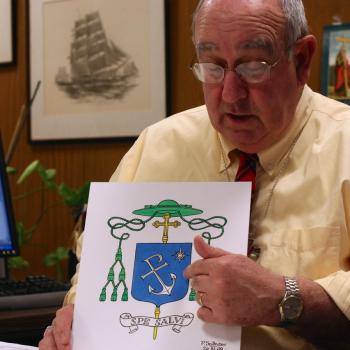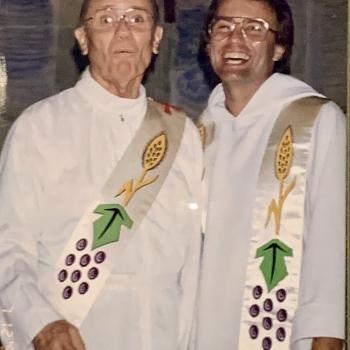The National Catholic Register offers a helpful primer on annulments this week, beginning with a story about a deacon:
Deacon Patrick O’Toole remembered how far away he felt from the Church 17 years ago. He wasn’t a deacon then — his wife had left, divorced him and took his children. He felt broken and angry, until a meeting with a Catholic Church official corrected his many misconceptions about the Church, sacramental marriage and annulments and put him on the path to healing.
“He had the opportunity to help me understand what it was all about,” O’Toole said. “It prompted a whole conversion experience for me.”
O’Toole re-engaged with his faith and discovered the Church’s rich vision of sacramental marriage. He went through the process to obtain a declaration of nullity, commonly referred to as an annulment; and then, several years later, he married in the Church.
Now, Deacon O’Toole helps prepare people to go through the annulment process as part of his special ministry to divorced Catholics in the Diocese of Springfield, Ill.
“Generally, I begin the process with our theology of marriage: why we believe what we believe and why the Catholic Church recognizes marriage between two Christians — just like baptism — as a sacrament, whether their denomination would call it that or not,” he said.
Deacon O’Toole said he spends two hours with divorced persons in his office and said such individuals decide whether to take the step to apply for a declaration of nullity once they understand what that process entails.
“The process is just about determining whether a [valid act of marrying] occurred at that moment [when the ceremony took place],” he said. “We know a valid civil marriage occurred. The only question is whether a valid sacramental marriage occurred.”
The Catholic Church presumes a person contracted a valid sacramental marriage unless the evidence completely proves otherwise.
The standard used in the canonical trial to judge a marriage null is much higher than the threshold of “beyond a reasonable doubt” used in civil trials.
Benedict Nguyen, a canon lawyer and assistant professor at Ave Maria University, who also serves as the director of communications and the director of the Office of Sacred Worship for the Diocese of Venice, Fla., said the tribunal judges granting an annulment have to meet the standard of “moral certainty” when they rule no sacramental marriage existed.
“So if, for example, a person intended against ever having children, what is the evidence that can bring the tribunal judges to moral certainty that, before the throne of God, they can say, ‘Yes, here’s the evidence [no valid marriage existed]; this is why we decided it this way’?” he said.
“It’s more than just probability; it’s actually quite a high bar to clear,” said Nguyen.











